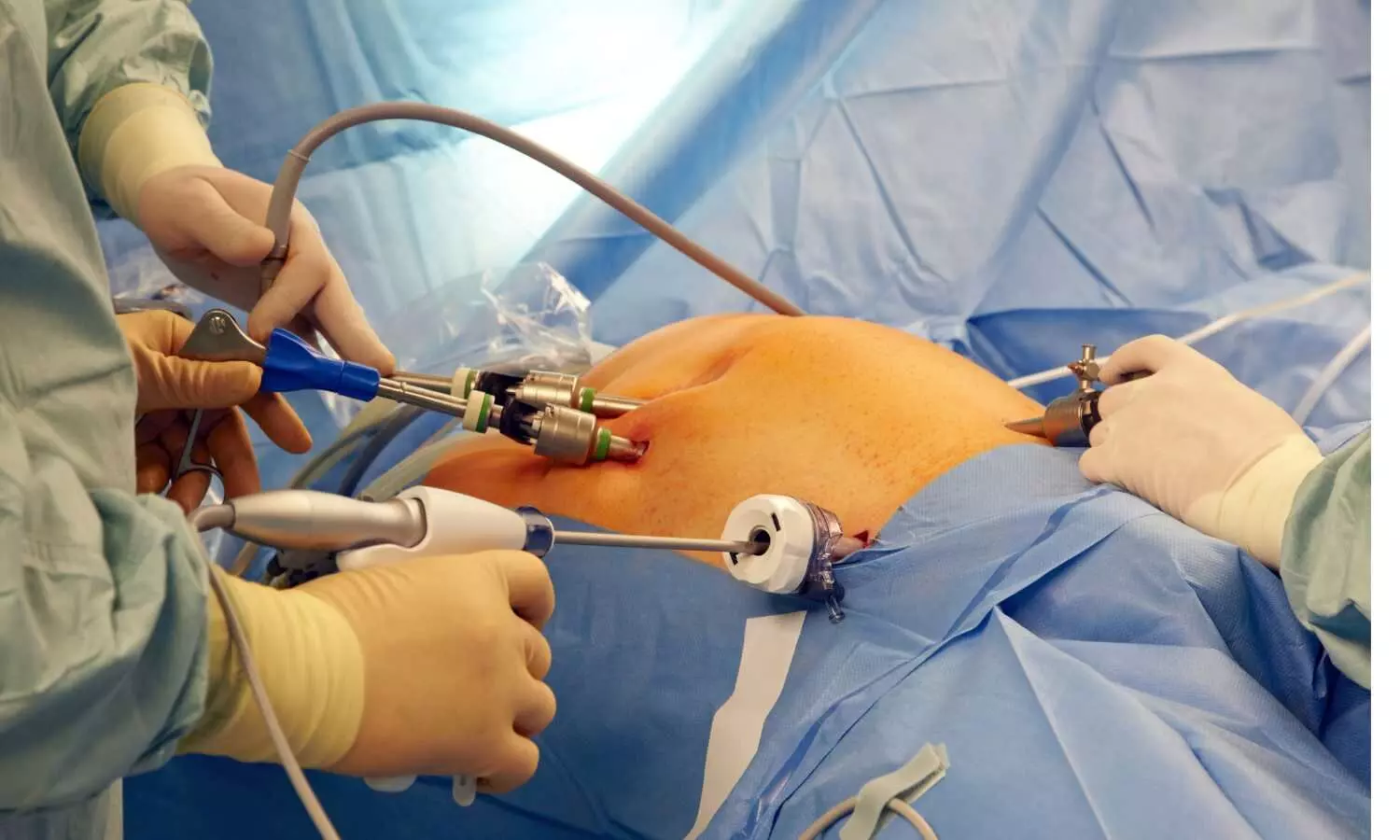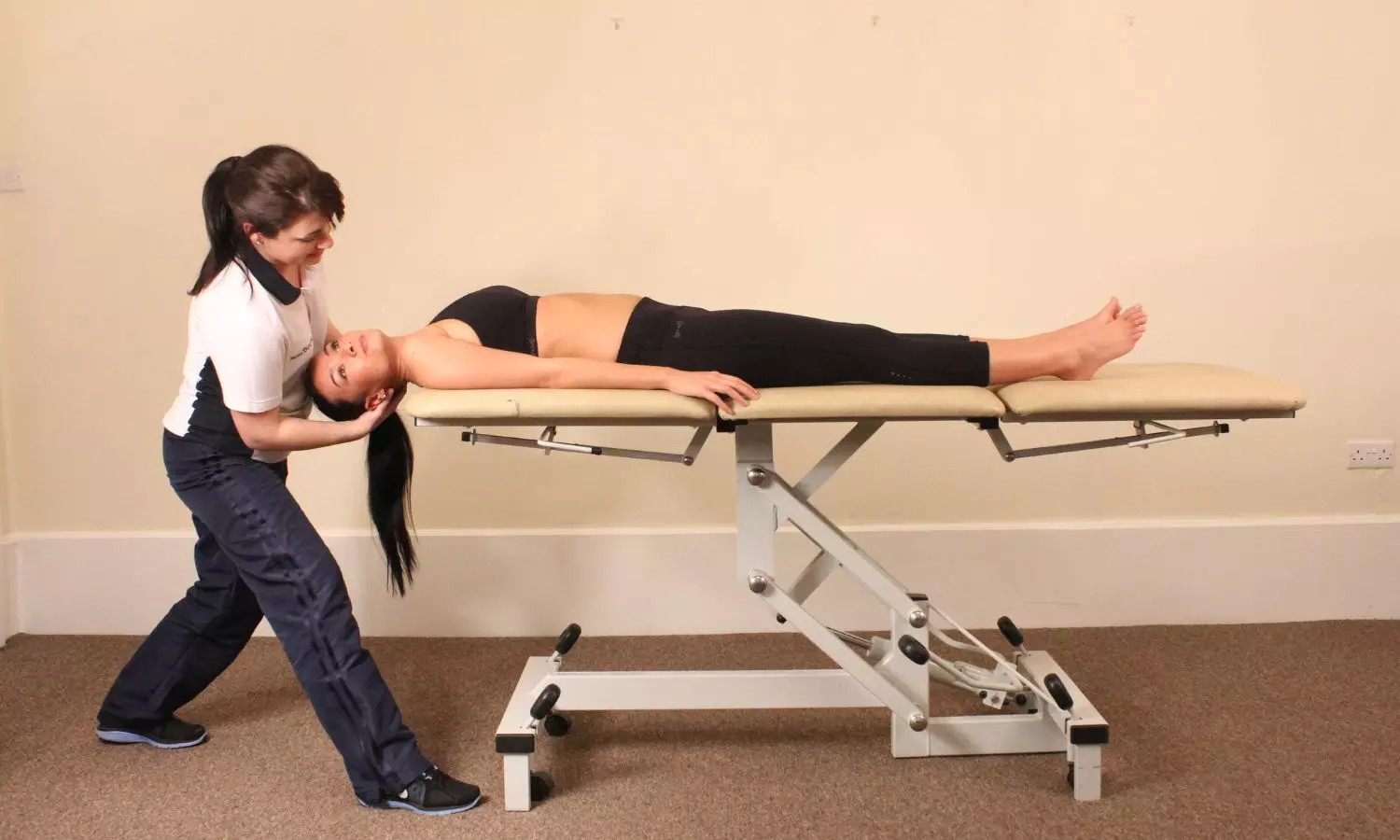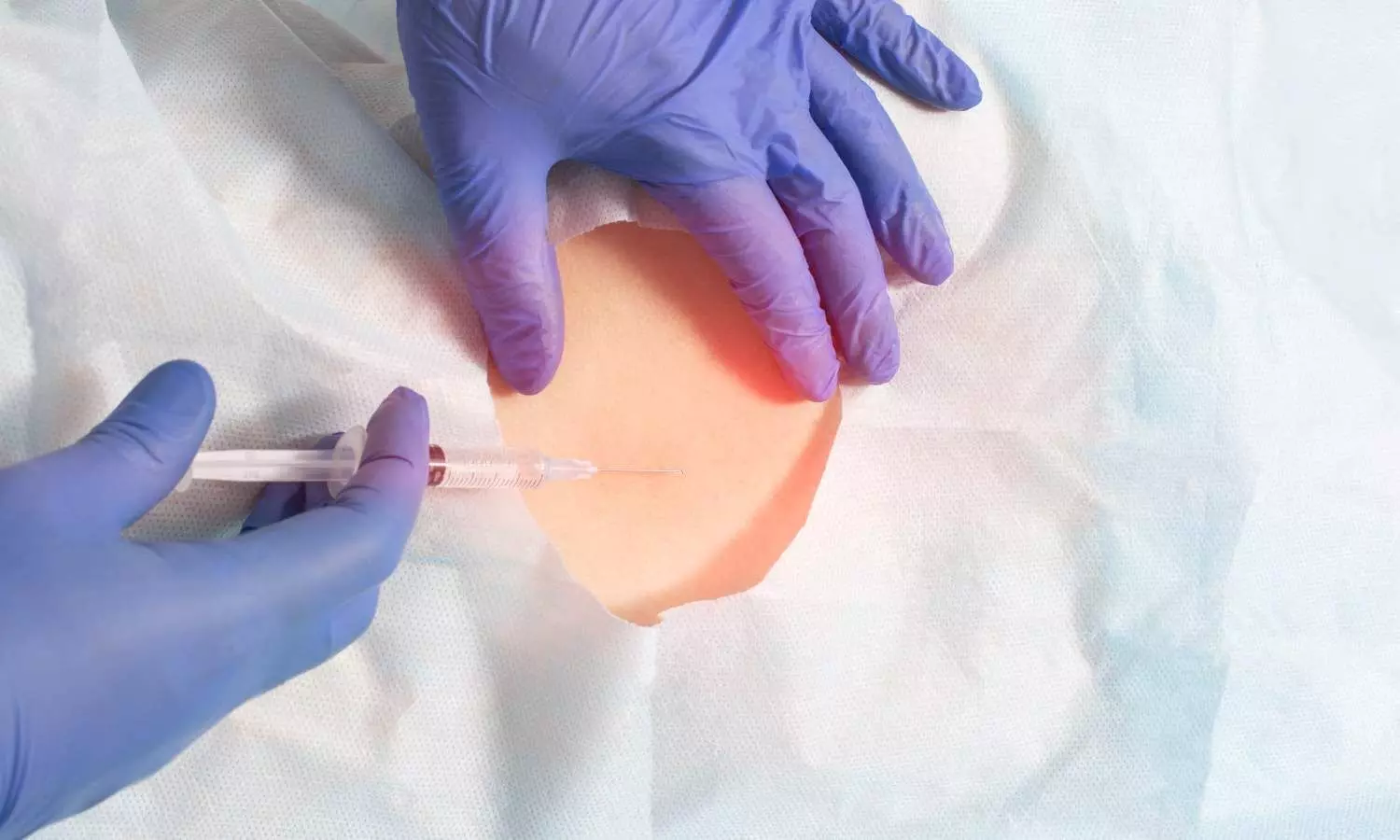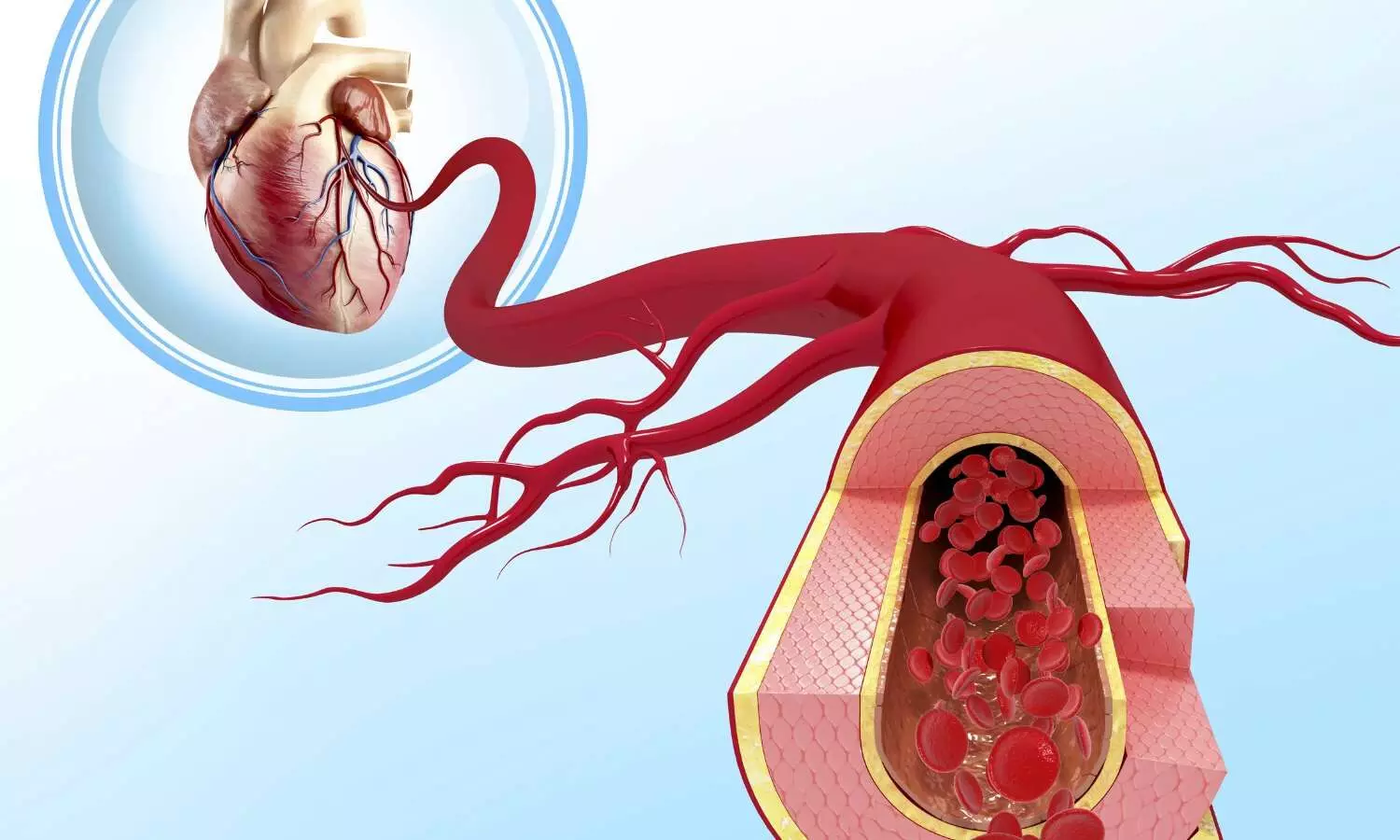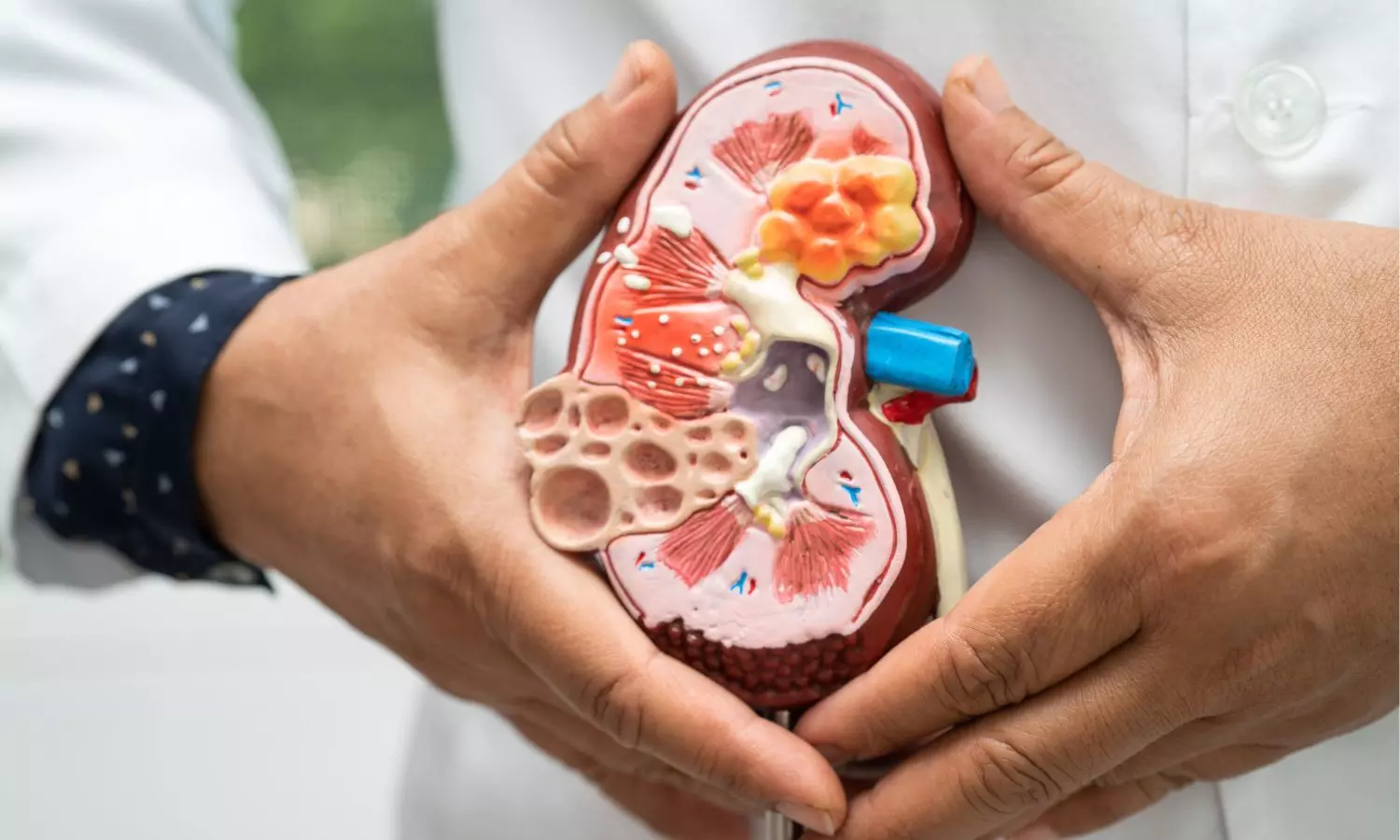Burning occipital headache with Palpebral edema during acute Covid phase may lead to persistent headache

With limited understanding of the clinical spectrum and influencing factors, persistent headaches are becoming a prevalent symptom post-COVID-19. A recent cross-sectional study published in the BMC Infectious Diseases focused on a subset of patients suffering with new daily persistent headache (NDPH).
This comprehensive survey involved a total of 421 participants from 11 Latin American countries that explored the characteristics of persistent headaches following SARS-CoV-2 infection. Importantly, one in four participants met the diagnostic criteria for NDPH which revealed a substantial incidence of this debilitating condition.
The study was conducted on individuals over 18 who were tested positive for SARS-CoV-2 and reported persistent headaches through an online survey. The results indicated that most participants were female (82%), with an average age of 40 years. Over 90% reported mild to moderate COVID-19 symptoms and 58% had a history of headaches, primarily of migraine-type.
Distinct clinical characteristics emerged, including occipital location, severe intensity, burning character, and radiating pain in individuals who were diagnosed with NDPH. Also, the higher proportions of anxiety symptoms, sleep problems, myalgia, mental fog, and various other symptoms were reported in NDPH patients.
The most significant contribution of the study lies in the identification of risk factors associated with NDPH. Palpebral edema during the acute phase of COVID-19, occipital location, and a burning character of the headache were revealed as potential risk factors. This crucial information provides clinicians with important insights for the early identification and customized management of patients with persistent headaches following COVID-19.
Reference:
Carrión-Nessi, F. S., Ascanio, L. C., Pineda-Arapé, A. G., Omaña-Ávila, Ó. D., Mendoza-Millán, D. L., Romero, S. R., Almao-Rivero, A. B., Camejo-Ávila, N. A., Gebran-Chedid, K. J., Rodriguez-Saavedra, C. M., Freitas-De Nobrega, D. C., Castañeda, S. A., Forero-Peña, J. L., Delgado-Noguera, L. A., Meneses-Ramírez, L. K., Cotuá, J. C., Rodriguez-Morales, A. J., Forero-Peña, D. A., & Paniz-Mondolfi, A. E. (2023). New daily persistent headache after SARS-CoV-2 infection in Latin America: a cross-sectional study. In BMC Infectious Diseases (Vol. 23, Issue 1). Springer Science and Business Media LLC. https://doi.org/10.1186/s12879-023-08898-2
Powered by WPeMatico





